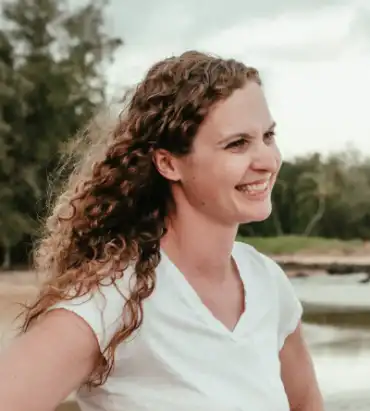FAQ
General
What should I expect during physical, occupational, and speech therapy sessions?
Therapy sessions typically begin with a personalized assessment to evaluate your current abilities and needs. Whether you're receiving physical therapy, occupational therapy, or speech therapy, each session is tailored to support your specific goals. Interventions may include hands-on techniques, customized exercises, or communication strategies designed to improve mobility, independence, or speech function. You'll also receive education on injury prevention, pain management, and tips to enhance daily living through proper posture, body mechanics, or communication skills.
Do I need a referral from my doctor before attending Physical Therapy?
Montana state law allows direct access to physical therapy services
What do I need to wear or bring with me?
You should dress in comfortable, loose clothing that allows you to move easily and doesn’t restrict circulation. Depending on your condition, your therapist may also recommend special shoes or a brace. You should also bring any paperwork related to your medical history, including x-rays, ultrasounds, and doctor’s notes.
Is there anything I can do before my appointment to prepare?
How long will my physical, occupational, and speech therapy sessions last?
Sessions typically last 30–60 minutes depending on your condition and the type of therapy provided. Your physical, occupational, or speech therapist will give you an estimate during your initial appointment.
Are there any exercises I can do at home between appointments to help improve my condition?
Yes! Your physical, occupational, or speech therapist may suggest exercises or activities to do between sessions to help you recover faster and meet your goals. Be sure to follow their instructions closely and consult them before starting anything new if you have questions or concerns.
What if I have questions after my therapy session?
Your therapist—whether physical, occupational, or speech—should be available to address any questions or concerns about your treatment plan before and after each visit. You can also contact the clinic directly for support. We want you to get the most out of every session!
Will insurance cover my physical, occupational, and speech therapy?
How often will I need to attend physical, occupational, and speech therapy sessions?
How long will it take for me to see results?
Every person’s situation is unique, so the time needed to reach goals varies. With dedication from you and your physical, occupational, or speech therapist, you may begin to see progress in just a few weeks. Positive lifestyle changes can help accelerate your results!
Will my therapist be able to answer any questions I have about my condition?
What if I feel too much pain during a session?
If at any time during your physical therapy session you experience increased pain, it’s important to let your therapist know so they can adjust the intensity or technique as necessary. Your therapist will work with you to make sure that treatment is comfortable and effective for you




